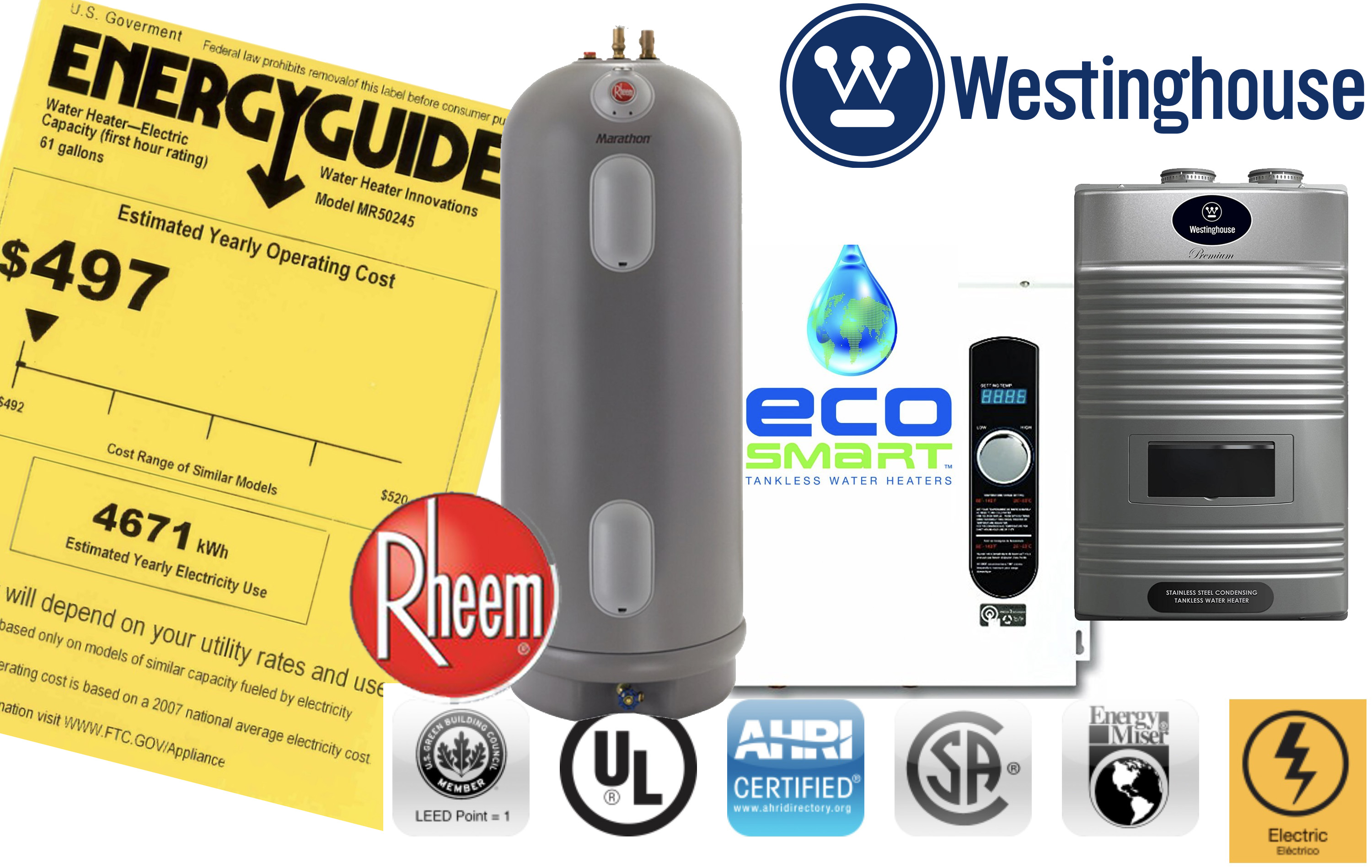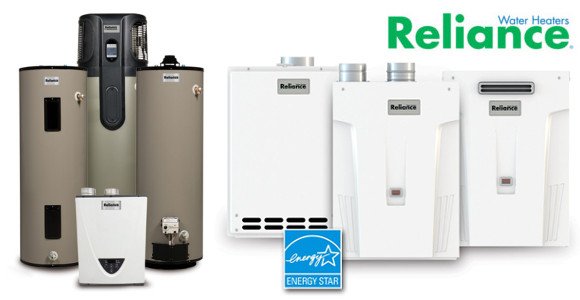Regular kitchen water cookers operate in the same manner as the water heaters for the household warm water supply but the main difference between those devices is the kind of fuel that they use. They either run on any of the following; gas, electricity and some even make use of solar power. To fully comprehend how they operate, you have to know about their parts and how they work with each other.
 Water Heater Parts
Water Heater Parts
Water heater units that operate on gas and electricity include a number of similar parts and these include the TPR valve, the drain valve, dip tube, internal magnesium anode rod and the pipes for overflow and pressure relief and hot water content. The internal tank of both devices is covered with some kind of insulation to maintain the hotness of the water.
The electric water heater has an individual thermostat while gas water heater type thermostats are integrated into the gas fuel control valve. Gas types also feature a heat-limiting unit to keep them from overheating, a thermocouple to turn the gas off in case of emergency, and a flue inside to expel gas and distribute heat.
Water Heater Operations
The dissimilarities between electricity-powered and gas-consuming units are more obvious in terms of the way they work. Cold water gets inside the device by way of the dip tube located on the top and then the water gets directed to the tank’s bottom where it is warmed through.
-
Electric
In electric water heater units, the thermostat is installed against the internal tank’s side. Once the thermostat perceives that the internal temperature drops below the preprogrammed limit, it activates a switch (two in case of a dual element system) that lets the electricity to circulate to the heating component.
The heating component then gets lowered into the tank water and warms up in the similar manner that an electric stove burner operates, which is forwarding electricity throughout an opposing material and changing energy into heat.
As soon as the thermostat perceives that the water has achieved the appropriate temperature it turns the heating component’s power off.
-
Gas
Gas water heater types also feature a thermostat which is typically a tiny copper tubing containing a mercury sensor located at its tip. They also contain a distinctive sensor termed a thermocouple that perceives if the pilot light is blazing at present. Once the pilot is off, the thermocouple will not permit the gas to circulate to the burner.
As soon as the tank’s water temperature drops, the thermostat then transmits a signal to the gas control valve which inspects the thermocouple’s signal to determine whether there is a pilot light. if there is a pilot light, the valve unlocks which lets gas circulate to the burner and in turn, it catches fire. The fire then warms the base of the tank which results in the rise of heater water while cooler water submerges, producing a natural cycle of distribution.
In addition, the internal temperature is maintained by the heat growing throughout the central flue as it increases initially throughout the tank then departs by way of the ventilation system. Once the water achieves the preferred setting, the thermostat then transmits a signal to the gas control valve, directing it to switch the flow of gas off once more.
Water Heater Maintenance
As we all know, water heaters are important household water heating devices, especially for folks who live in areas with colder climates. Water heaters need proper maintenance too like any other appliance. In order to avoid unnecessary expenses, you can extend the life of your water heater by following a few basic, required maintenance steps.
You are not required to do this regularly though since the steps described can be done once a year.
-
Inspect the pressure relief valve
To do this, you have to first position a bucket beneath the discharge pipe of the device then slightly lift the valve’s lever to inspect it. The valve will unlock in an automatic manner if the pressure within the tank gets excessively high. If in case the valve does not expel water once you raise the lever, you better change the valve.
You can buy valves at hardware stores and Home Depot. Valve replacement is pretty simple; you just switch the water off, empty the tank, then unscrew both the discharge pipe and the older valve. Cover the replacement valve’s threads with sealant tape then screw the valve back in.
-
Empty the device of sediments
Unlock the drain valve bit by bit then allow the water to flow out until it is clear and devoid of any particles. Take some precautions though because the water is hot.
Close the valve on the cold water resource pipe that fills the heater then switches the hot water on at any faucet in your home to expel the tank’s pressure. You should leave the faucet on for a while until you complete your work. If in case you have an electric model, you should switch the power off at the main panel and for gas heaters, you must switch the gas control dial off.
Empty the tank to get rid of sediments that have accumulated on the tank’s bottom. The accumulation of sediment actually cuts down the life of the device and it adds to your energy expenses by decreasing heater efficiency.
Emptying 2-3 gallons of water is normally sufficient to get rid of sediments however you just let the water flow out until there are no signs of sediments in the bucket.
If you hear any groaning or burbling noises from the heater, do not be alarmed since it is just air coming inside the device as the water gets emptied. If in case the drain valve will not close securely, completely empty the tank, unscrew the older valve and replace it with a new valve.
Resume heater operations by opening the shutoff valve and allowing the hot water to flow out of any spout to get rid of air from the system then switch the power on or re-light the pilot. Program the device’s dial to 120 degrees Fahrenheit.
Knowing how a water heater works is a good way to keep it running smoothly. You also lessen the need to call a technician over to check on your unit every so often.






Be the first to comment on "How Do Water Heaters Work?"